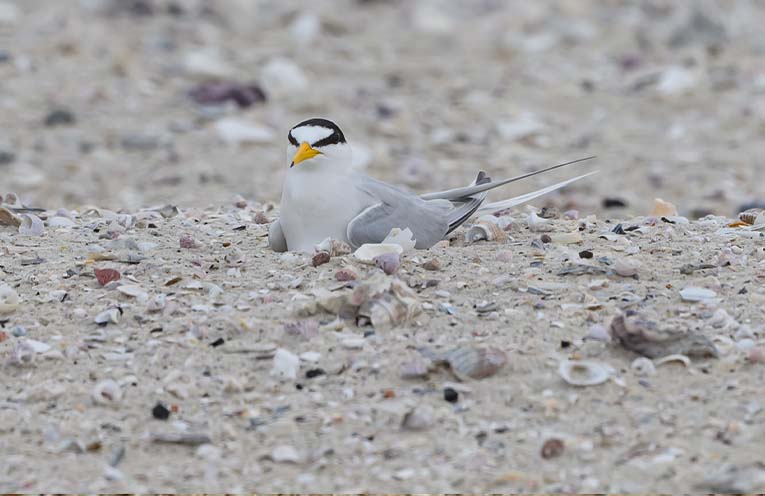
FROM September to March residents and visitors are asked to be alert to endangered nesting shorebirds on local beaches.
“Whether you’re walking, driving, or taking a pet for a stroll, avoid going above the high-tide mark wherever possible and give the birds plenty of space,” MidCoast Council said in a statement last week.
 Advertise with News of The Area today.
Advertise with News of The Area today.It’s worth it for your business.
Message us.
Phone us – (02) 4981 8882.
Email us – media@newsofthearea.com.au
“These birds nest right out in the open, in the dry sand above the high-tide mark.
“They rely on camouflage to protect their eggs.
“The newly born chicks take refuge under logs and within the dune vegetation.”
Prime nesting areas for the endangered Beach Stone-curlews, Pied Oystercatchers and Little Terns include the beaches around Harrington, Farquhar/Manning Point and the Winda Woppa area.
“Currently our nesting season is going quite well, with the majority of Pied Oyster Catchers having successfully fledged,” said MidCoast Council’s Manager of Natural Systems, Gerard Tuckerman.
“We estimate there are about 60 Little Tern eggs at the Harrington and Farquhar nesting sites, with more nesting behaviour being recorded every day.
“There are also three eggs from one nest in Hawks Nest.
“Unfortunately, we have received some reports of 4WDs driving over vegetation and causing damage at Harrington Beach.
“We want to remind drivers that there are strict rules around driving on beaches and a permit is required.
“Failure to comply with the rules may result in eviction from the beach, cancellation of your beach access permit, and a fine.”
Drivers must stick to the intertidal zone and avoid the area above the high-tide mark, including the dunes.
The public is encouraged to report any vehicles seen driving in nesting areas.
Council rangers are working with the National Parks and Wildlife Service and NSW Police to enforce these rules.
Dog walkers are also reminded that where dogs are permissible on a beach, they must remain under the control of the owner at all times.
This means a dog must not be allowed to wander above the high-tide mark where endangered shorebirds may nest.
Walk your dogs on dog-friendly beaches only and always keep them on a leash, unless you’re in a designated off-leash area.
If you’re lucky enough to see one of these birds or their nests, please do not approach.
Their chicks and eggs can be difficult to spot, and you may accidentally trample on them.
Since these birds are migratory, there may also be a risk of bird flu to a person or animal which interacts with them.
